The Art of Authenticating Vintage: How to Spot Genuine Pieces Like a Pro
The Art of Authenticating Vintage: How to Spot Genuine Pieces Like a Pro
When it comes to vintage, it’s not just about fashion—it’s about stories. Every piece carries its history, and owning the real deal is what separates true vintage lovers from casual shoppers. At Sold Attire, authenticity is our core, and I’m here to share how I personally ensure every piece we offer is the real thing.
Why Authenticity Matters in Vintage
Let’s face it—nothing compares to owning a genuine vintage piece. It’s like holding a piece of history, crafted to last, with a quality and character you can’t replicate today. But with fakes floating around, it’s easy to be duped. That’s why it’s crucial to know what to look for. Trust me, you don’t want to pay premium for a knockoff.
Five Key Features to Check for Authenticity
-
Labels and Tags
Vintage labels are like time stamps. Look for fonts, logos, and tag placements that match the era. For instance, pre-80s pieces often used stitched-on labels, while later years introduced printed tags. Learn the evolution of brands to spot mismatches. -
Materials and Stitching
Quality speaks volumes. Genuine vintage items are made with durable fabrics and precise stitching that modern fast fashion can’t touch. Run your fingers over the material—authentic vintage feels different. -
Hardware Details
Zippers, buttons, and hooks are dead giveaways. Authentic vintage hardware often comes from well-known manufacturers like Talon or Scovill. A modern plastic zip on a supposed 70s jacket? Red flag. -
Logos and Branding
Many vintage pieces feature logos, but fakes often get them wrong. Misaligned embroidery, off-colour prints, or inconsistent sizes are signs to watch out for. -
Signs of Wear and Tear
Genuine vintage often has subtle imperfections that tell its story. Don’t shy away from these—they’re part of the charm. At Sold Attire, we embrace these features while ensuring every piece is in excellent, wearable condition.
Provenance: The Story Behind the Piece
Every vintage item has a backstory. Whether it’s a designer coat from Milan or a track jacket with a college’s history, digging into its origins adds to its value. At Sold Attire, we do the legwork for you, sourcing pieces with rich histories and undeniable authenticity.
How We Ensure Authenticity at Sold Attire
When you shop with Sold Attire, you’re not just buying vintage—you’re buying peace of mind. Every piece we sell is 100% authenticated, carefully inspected, cleaned, and stored in a climate-controlled, pest-free environment. Our process includes researching labels, examining materials, and tracing each item’s story. That’s why our collection is not only unique but also trustworthy.
Common Mistakes to Avoid
- Ignoring Details: Always check stitching, tags, and hardware.
- Trusting Trends: Just because it’s trendy doesn’t mean it’s genuine.
- Buying Blind: If the price seems too good to be true, it probably is.
Why Trust Matters in Vintage
The vintage market thrives on trust. I started Sold Attire to create a space where you can shop confidently, knowing every piece is handpicked, authentic, and premium. For me, vintage isn’t just a business—it’s a passion.
Conclusion: Shop Smart, Shop Authentic
At Sold Attire, 100% of our items are authenticated, ensuring you get nothing but the real deal. Vintage is more than clothing—it’s a connection to the past. By learning to spot authentic pieces, you’re investing in something truly one of a kind.
Ready to explore the most valuable treasures? Start with our Rare Gems Collection.
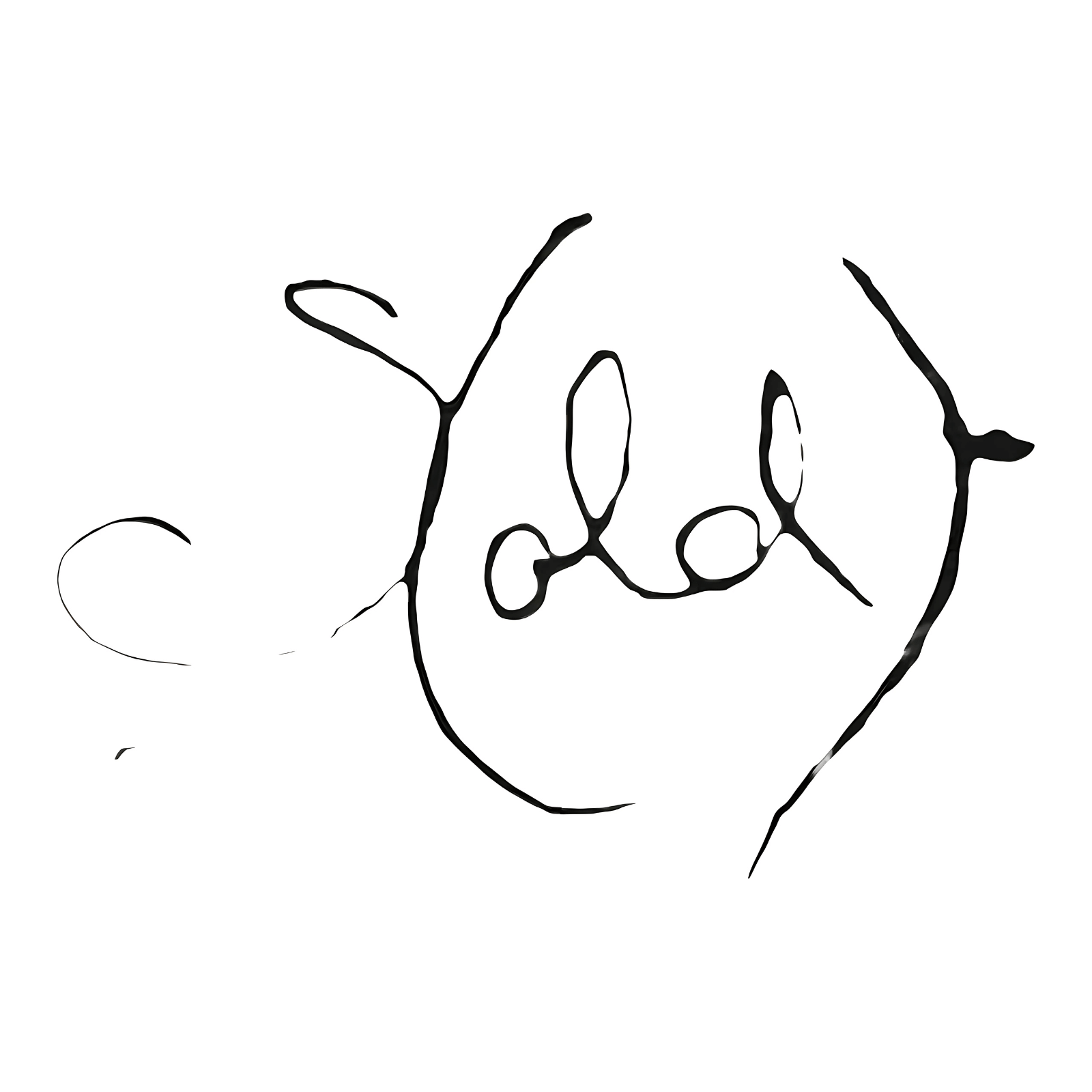

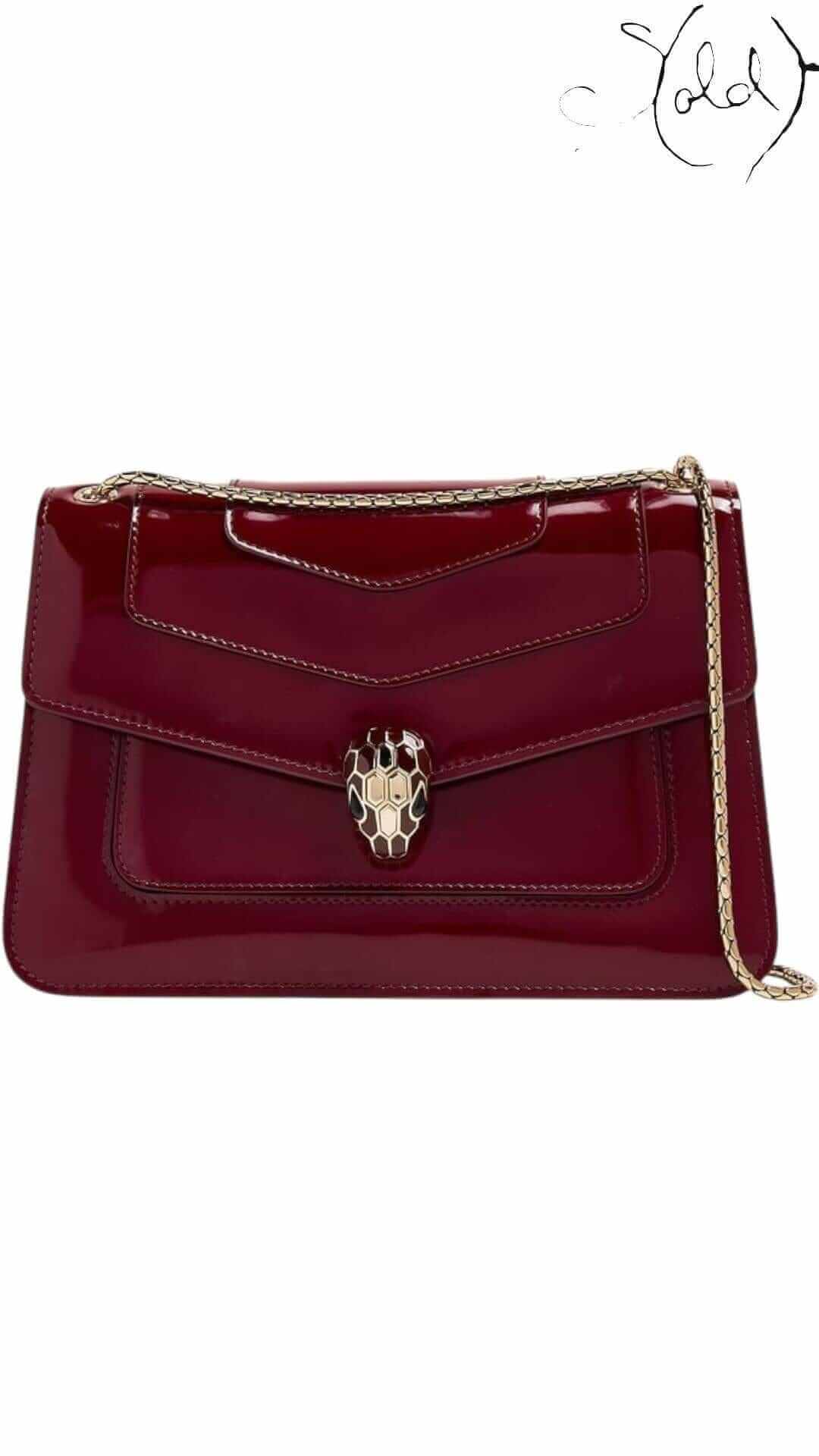
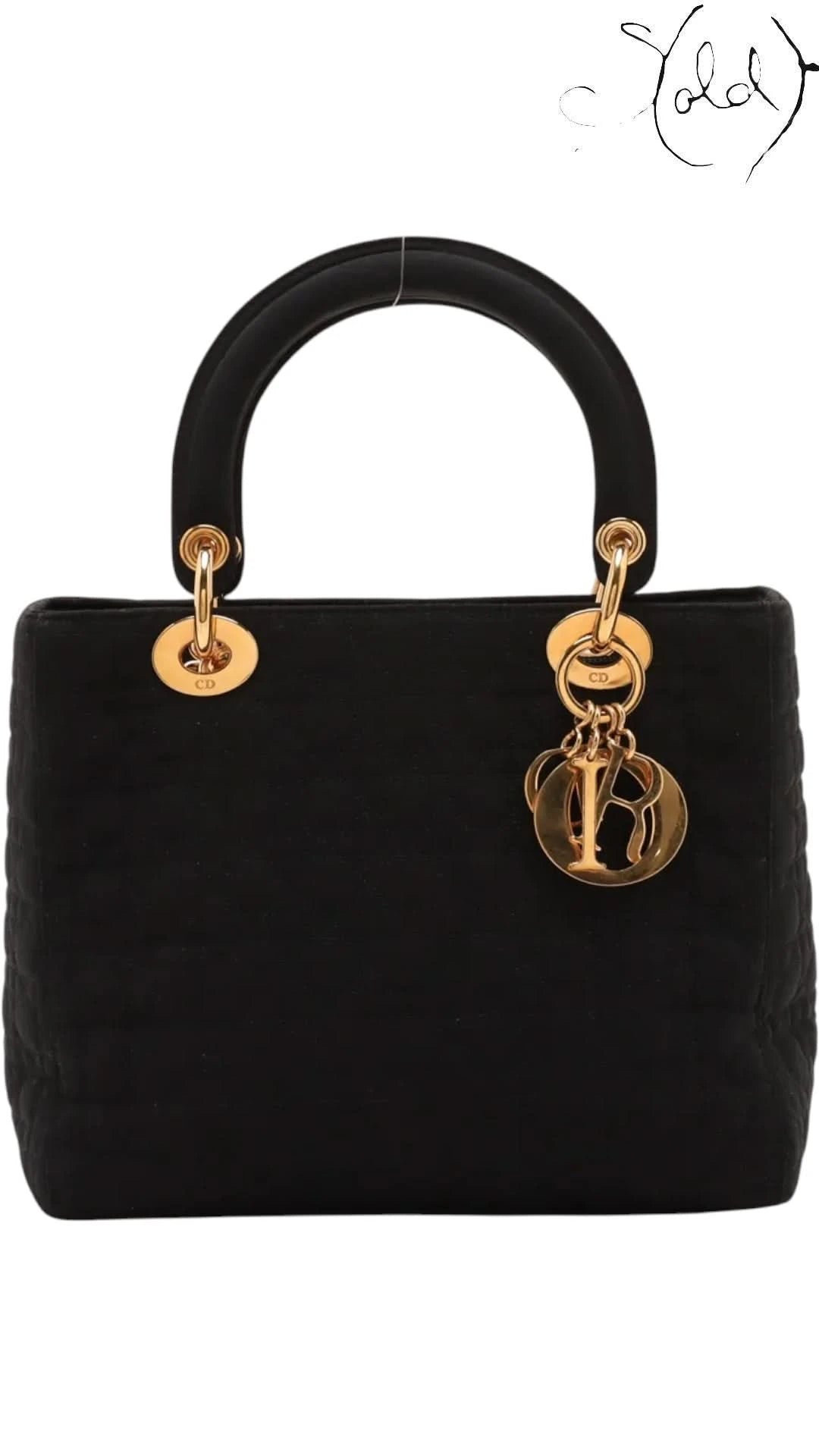
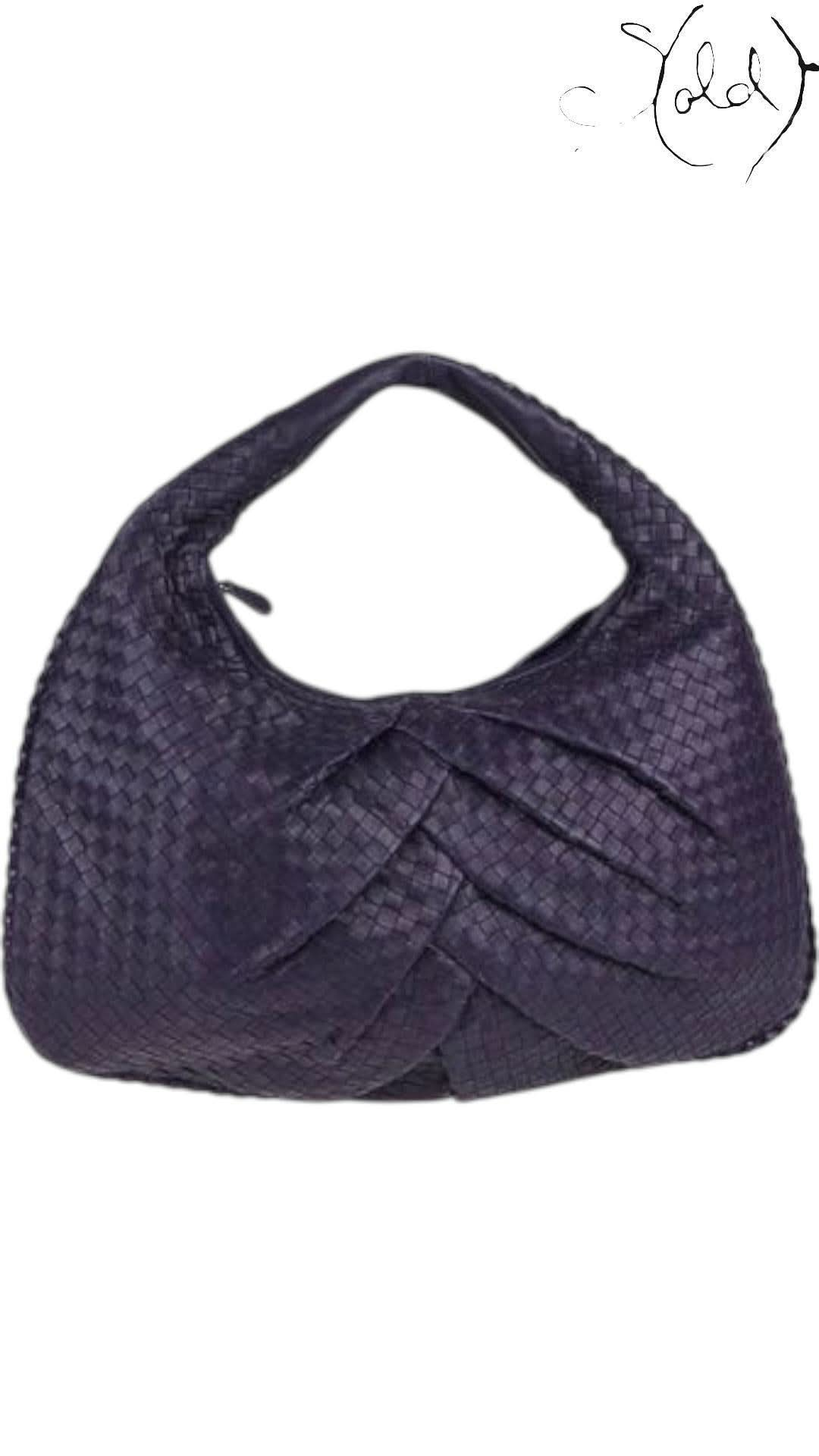
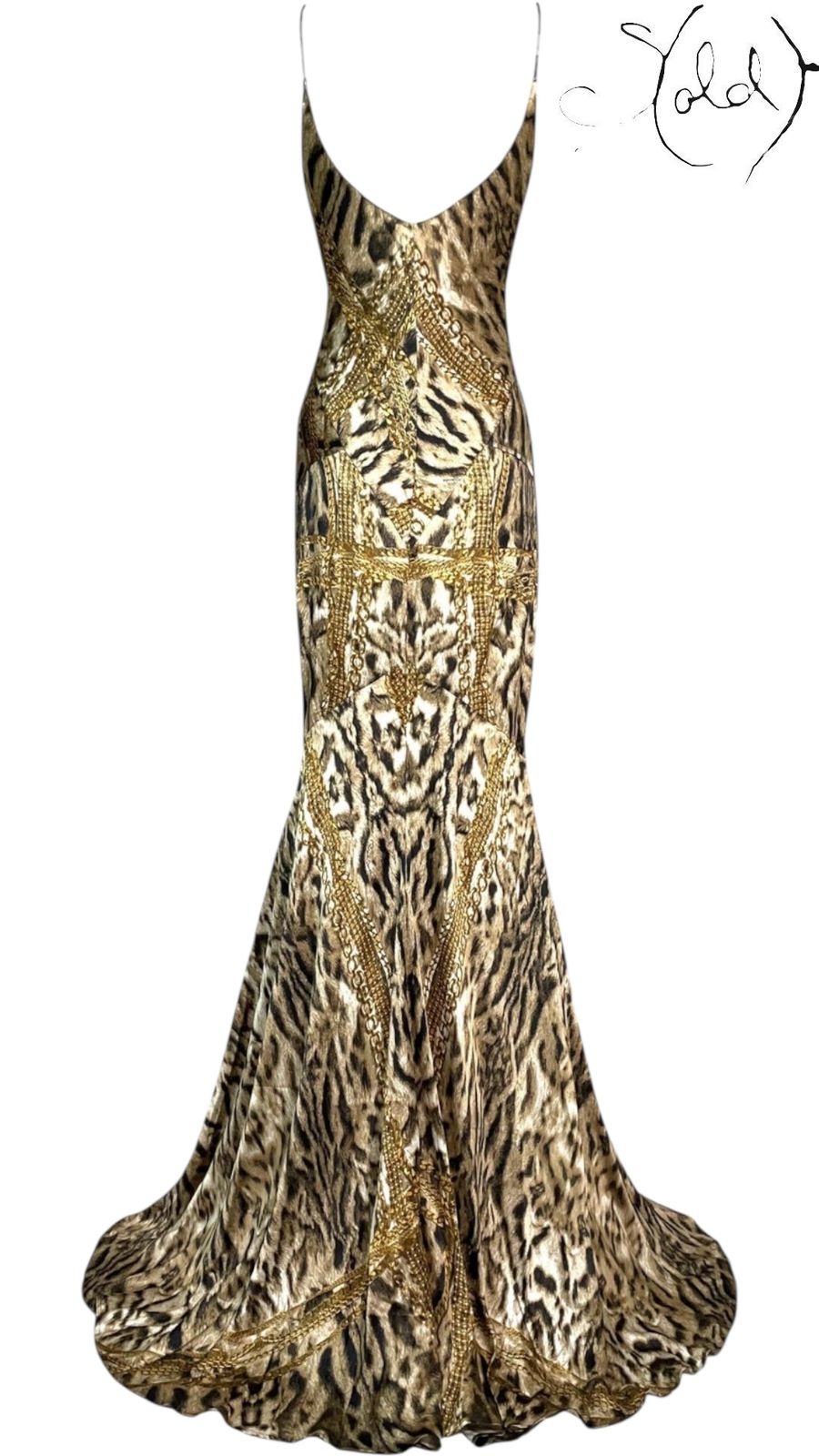
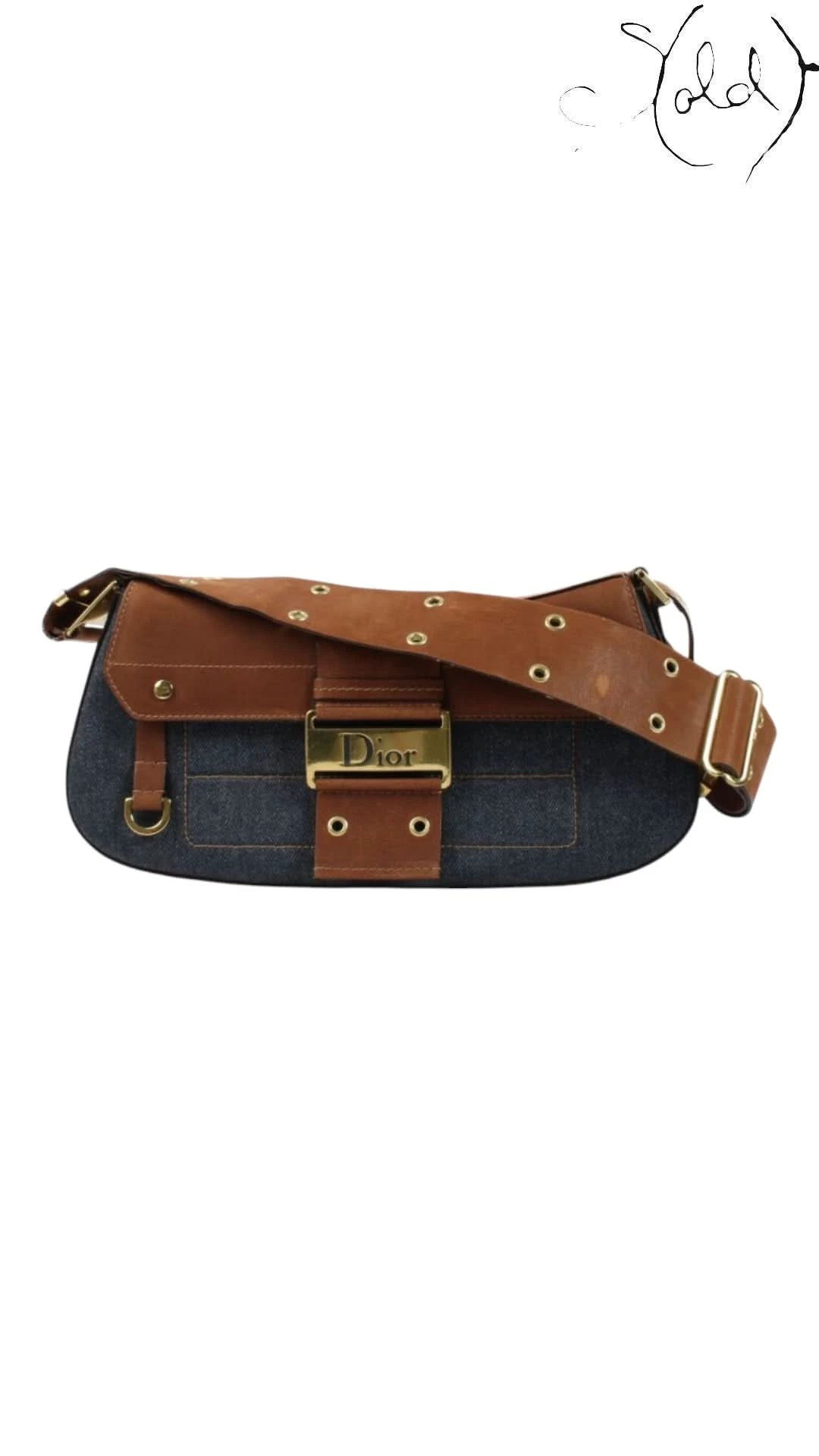
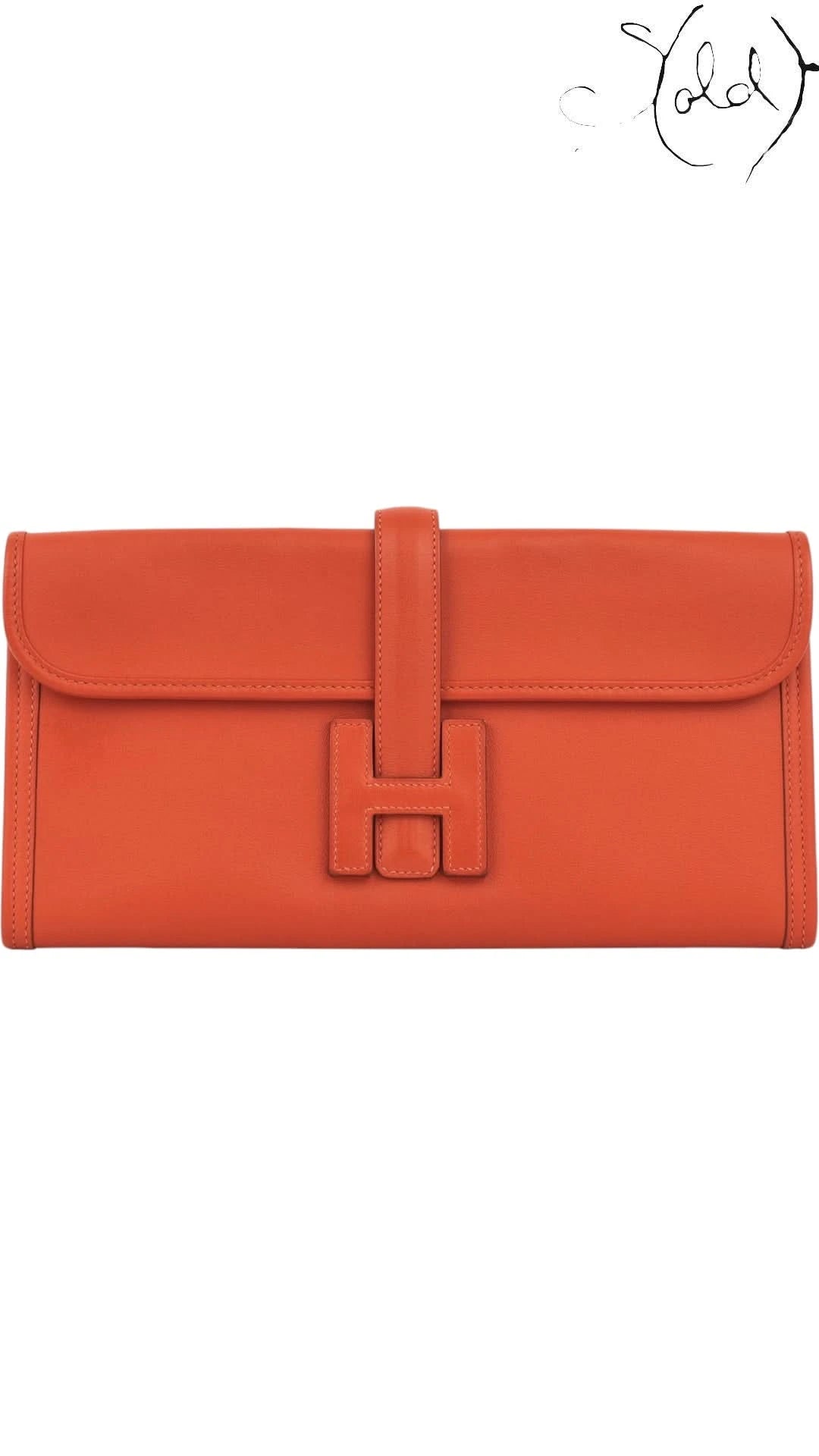
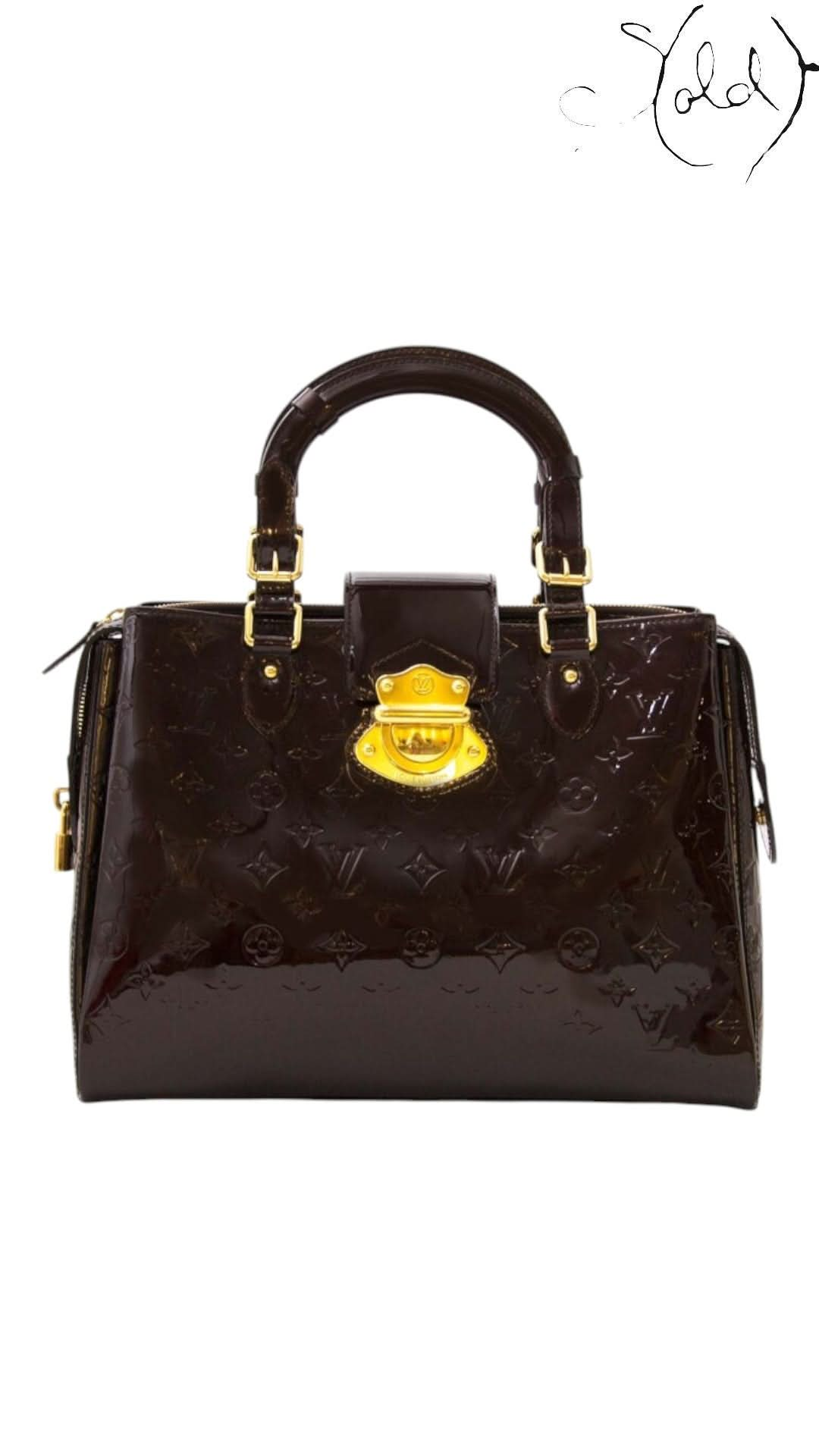
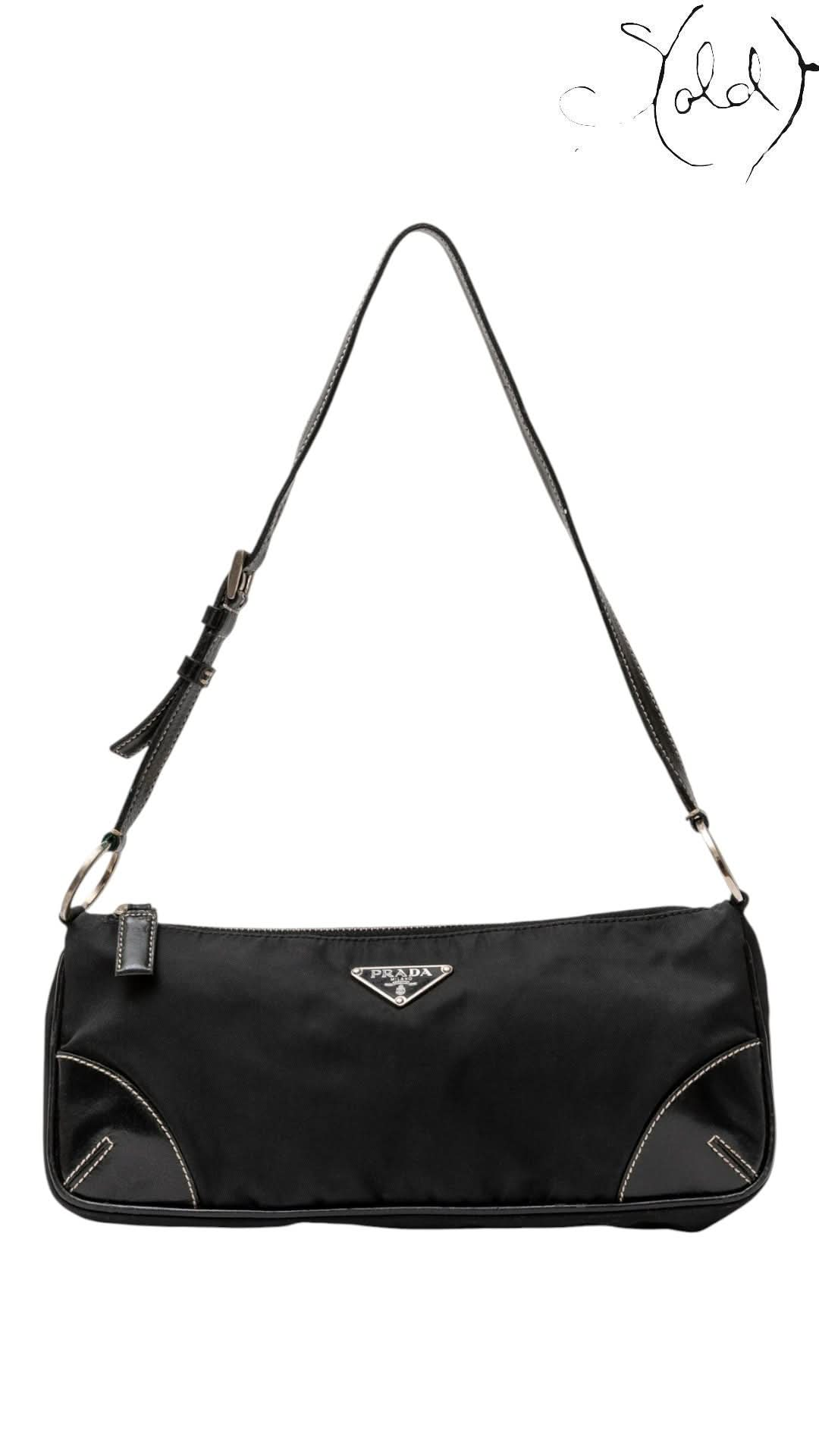
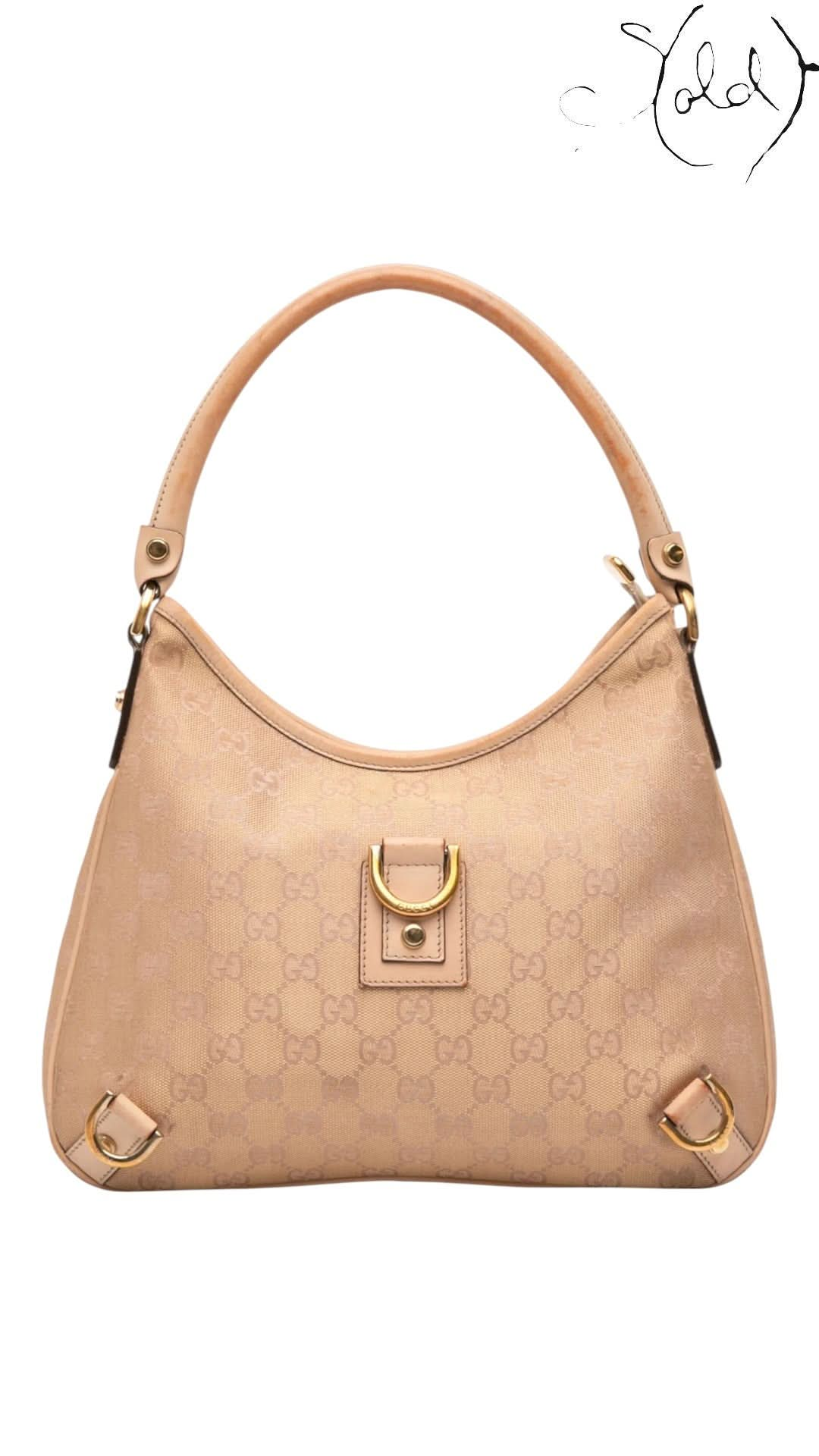
Leave a comment
This site is protected by hCaptcha and the hCaptcha Privacy Policy and Terms of Service apply.